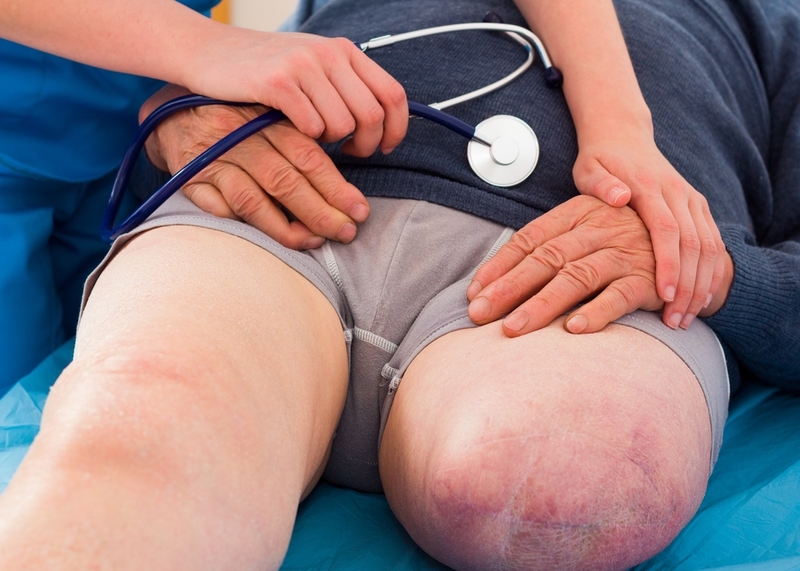Microvascular disease associated with higher risk of leg amputations
ANI Jul 10, 2019
Microvascular disease in any part of the body is independently linked to a higher risk of leg amputation, finds a study.

The study was published in the journal 'Circulation'. "Our study suggests that microvascular disease in any part of the body, such as the eyes, kidneys or feet (neuropathy) may be linked to decreased blood vessel function in other parts of the body, putting patients at risk for potential lower-limb amputations," said Joshua A. Beckman, lead author of the study.
The study examined amputation risk among people with microvascular disease or peripheral artery disease (PAD) or those who had both microvascular disease and PAD. Researchers used data from the Veterans Aging Cohort Study, which included more than 125,000 veterans who initially did not have amputations when the study began. Over an average of nine years, participants with: the microvascular disease had a 3.7-fold increased risk of lower limb amputation, and experienced 18 per cent of all amputations during the study; PAD had a 13.9-fold increased risk of lower limb amputation and suffered 22 per cent of all amputations; microvascular disease and PAD had a 23-fold increase in the risk of lower limb amputation which accounted for 45 per cent of all amputations.
PAD is a narrowing of the arteries away from the heart and is typically found in the legs. It causes cramping, pain or fatigue in the leg muscles while walking or climbing stairs. If left untreated, PAD can lead to gangrene and the need for amputation.
In microvascular disease, tiny vessels that carry blood to muscles and other tissues throughout the body no longer function properly. While the disease is commonly diagnosed in the eyes (retinopathy) or in the kidney (nephropathy), the authors believe those are markers of microvascular dysfunction throughout the body.
"This study advances the idea that microvascular disease is a system-wide disorder rather than only affecting one part of the body," said Beckman. "PAD (in the legs) has long been considered a sign that a patient likely also has narrowed arteries leading to the heart or brain. If a patient has PAD, they have a higher risk of other cardiovascular diseases, such as heart attacks and strokes," Beckman said.
-
Exclusive Write-ups & Webinars by KOLs
-
Daily Quiz by specialty
-
Paid Market Research Surveys
-
Case discussions, News & Journals' summaries